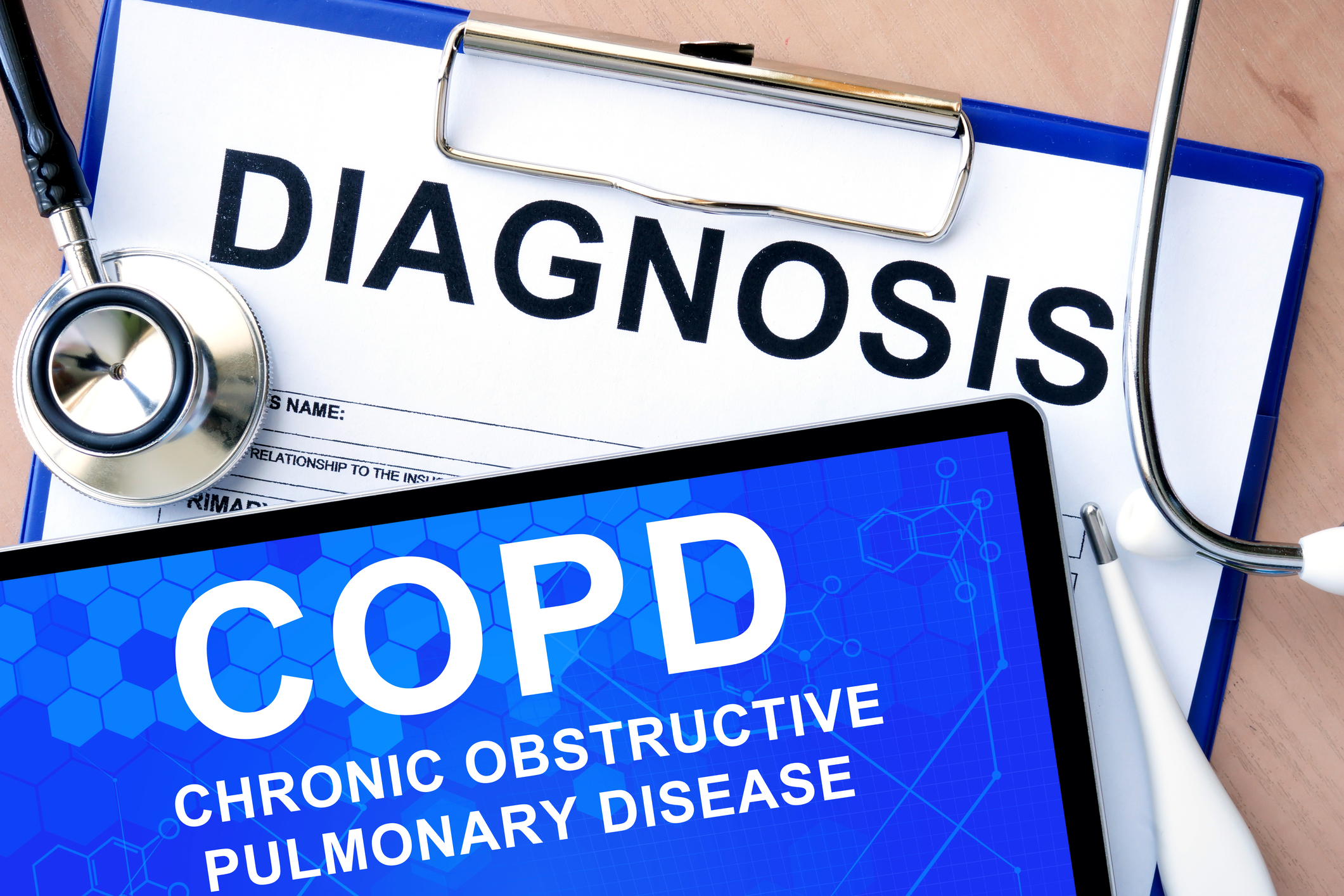New CDC study links workplace particulate matter with COPD

Chronic Obstructive Pulmonary Disease (COPD) was the sixth leading cause of death in the USA in 2020. A new CDC study has shown that workplace exposure to particulate matter and tobacco smoke are contributing factors, with mortality rates elevated for workers in certain industries and occupations in which they are subjected to high concentrations of indoor air pollutants.
What is COPD?
The COPD Foundation describes COPD as a term used to describe chronic lung diseases including emphysema and chronic bronchitis. Characterized by breathlessness, some people with COPD also experience tiredness and chronic cough with or without mucus. COPD is currently an incurable disease.
Most cases of COPD are caused by inhaling pollutants, including tobacco smoke (cigarettes, pipes, cigars, etc.) and second-hand smoke. Fumes, chemicals and dust found in many work environments are contributing factors.
Who is most affected?
The study analyzed the most recent 2020 multiple cause-of-death data from 46 states plus New York City. Among 3,077,127 decedents, 316,023 (10.3%) had COPD listed on their death certificate.
The three industries with the highest Proportionate Mortality Ratios (PMRs) were mining, accommodation & food services, and construction. The three occupations with the highest PMRs were food preparation and serving related, healthcare support, construction and extraction.
While tobacco smoking is a key risk factor for COPD, one in four workers with COPD have never smoked. This places more emphasis on other prevailing air pollutants, including second-hand smoke.
For example, approximately one third of the workers in mining, construction, accommodation & food services, transportation & warehousing industries, healthcare support, construction, extraction, and food preparation & serving related occupations are combustible tobacco users and are often exposed to second-hand smoke, as well as diesel exhaust, by-products of machinery combustion, dusts (e.g. wood and silica dusts), vapors and fumes. Although the CDC’s new research does not draw definitive conclusions, the strong implication is that the other air pollutants beyond second-hand smoke are significant contributing factors.
The report refers to a previous study among nurses and healthcare support workers that found that exposure to cleaners and disinfectants (i.e. glutaraldehyde, bleach, hydrogen peroxide, alcohol, and ammonium compounds) was associated with an increased (25%–38%) risk of contracting COPD.
How can workplace risks be mitigated?
The report concludes that the identification of air pollutant hazards in the workplace could assist with the implementation of suitable health interventions.
Measures could include the implementation of smoke-free policies and smoking cessation programs, removing workers from exposure to indoor air pollutants, and putting in place engineering controls such as ventilation or dust extraction systems.
Better communication of contributing factors, behavioural health & safety measures and early access to healthcare are also listed as risk mitigants.
Can air purification help?
Certain types of air purification can be used as a practical and immediate retrofit solution to remove the types of indoor air pollutants that can cause COPD. The key element is HEPA filtration, which has been proven to remove a minimum of 99.97% of fine particulate matter.
The CDC recommends portable HEPA filtration units that combine a HEPA filter with a powered fan system as a preferred option for auxiliary air cleaning, especially in higher risk settings. The CDC also puts emphasis on airflow, measured in cubic feet per minute, but advises buyers not to take performance claims at face value and to seek independent laboratory tests, so that they can be assured that any air cleaning device actually performs in accordance with the manufacturer’s claims.
Rensair – the solution that ticks all the boxes
In a test conducted by the Danish Technological Institute on the Rensair Compact air purifier in January 2022, 99.99% of smoke particles were removed from a 700ft3 room within 30 minutes.
The effectiveness in trapping all (particulate matter) PM1/PM2.5 categories of indoor air pollutants was demonstrated by the removal of ultra-fine particulates down to 0.065 microns (smoke particles have an average size of 0.1 microns).
Rensair uses H13 HEPA filtration combined with UVC light. The result is that particulate matter is not just trapped, but inactivated. While inactivation is not specifically required for the air pollutants associated with causing COPD, it will destroy viruses and mold that could live on the filter and exacerbate existing respiratory health conditions.
